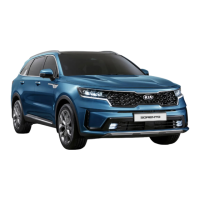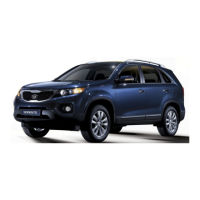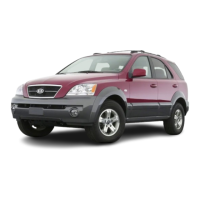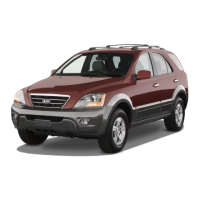17
8
8
Maintenance Engine coolant
When the oil pressure is low due to
insufficient engine oil, the Engine Oil
Pressure ( ) warning light will
appear.
In addition, the enhanced engine protec
-
tion system, which limits the engine's
power is activated and the Malfunction
Indicator Lamp ( ) will appear when
the vehicle is driven in this state continu
-
ously.
When oil pressure is restored, the Engine
Oil Pressure warning light will turn off
and the engine power will no longer be
limited.
The engine oil is very hot immediately
after the vehicle has been driven and
can cause burns during replacement.
Replace the engine oil after the engine
oil has cooled down.
Never add any additives to the engine
oil. Engine oil additives can change the
properties of engine oil and may cause
serious engine failure.
Engine coolant
The high-pressure cooling system has a
reservoir filled with year round anti
-
freeze coolant. The reservoir is filled at
the factory.
Check the antifreeze protection and
coolant level at least once a year, at the
beginning of the winter season, and
before traveling to a colder climate.
僅 When the engine overheats from low
engine coolant, suddenly adding
engine coolant may cause cracks in
the engine. To prevent damage, add
engine coolant slowly in small quanti
-
ties.
僅 Do not drive with no engine coolant. It
may cause water pump failure and
engine seizure, etc.
Checking the coolant level
Removing engine
coolant reservoir cap
Never attempt to
remove the engine
coolant reservoir cap
while the engine is operating or hot.
Doing so might lead to cooling system
and engine damage. Also, hot coolant or
steam could cause serious personal
injury.
Turn the engine off and wait until it cools
down. Use extreme care when removing
the engine coolant reservoir cap. Wrap a
thick towel around it, and turn it counter
-
clockwise slowly to the first stop. Step
back while the pressure is released from
the cooling system.
When you are sure all the pressure has
been released, press down on the cap,

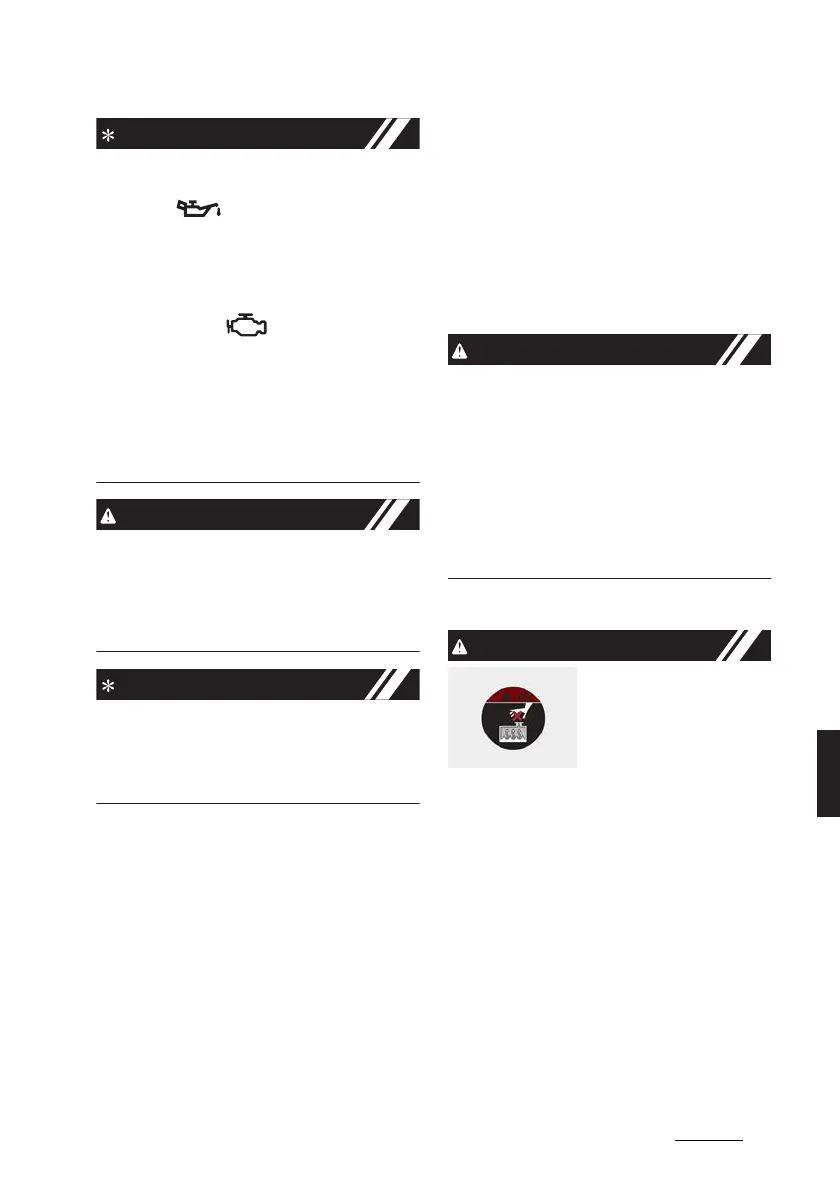